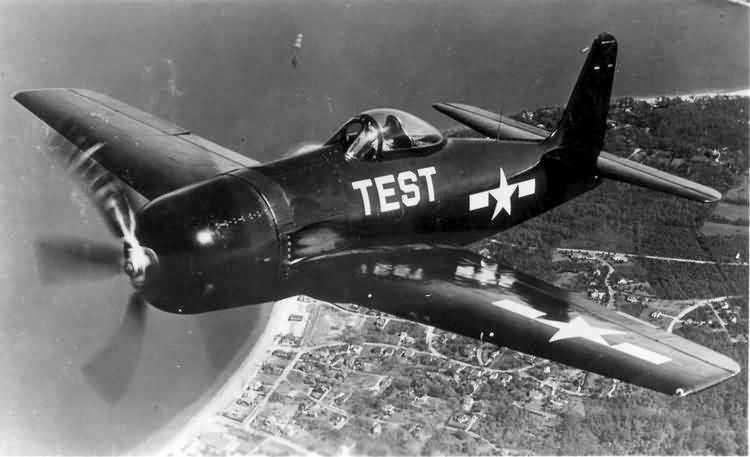Grumman F8F Bearcat History
Arguably the finest piston-powered fighter of all time, the Grumman F8F Bearcat combined superb manoeuvrability with an outstanding rate of climb. It arrived too late to see combat during World War II but subsequently made a name for itself fighting for the French in Indochina.
By 1943 the Navy was looking for a lightweight fighter that could outfly the latest Japanese fighters yet be small enough to operate off the smallest escort carriers in the fleet. Grumman took a standard R2800 engine, the same engine that powered the Grumman F6F Hellcat, and designed the smallest possible airframe around it. The resulting XF8F first flew in 1944 and bore a marked resemblance to other fighters in the family save for its size.
The Grumman F8F Bearcat was a squat, low-wing design with wide-tract landing gear, folding wings, and a bubble canopy. The new plane was also extremely light, which gave it exceptional manoeuvrability and a rate of climb clocked at 4,500 feet per minute. Without exception, Bearcat pilots were quick to praise the performance of the F8F. Captain Gorden E. Firebaugh, Skipper of VF-5A during 1947 and 1947, had this to say about the Grumman F8F Bearcat: “I think it is the finest aircraft I ever flef. The airplane would do everything Grumman said it would do. I had over a dozen green pilots with less than 400 hours total and we made four moths cruise with no trouble… a testimonial to the handling qualities of the F8F-1.”
Armament had been reduced to only four machine guns, but provisions were made to allow two 1,000 pound bombs under the wings. The Navy was delighted with the aircraft; in 1944 it went into production as the F8F Bearcat. A total of 1,266 was ultimately constructed.
World War II ended before the Grumman F8F Bearcat saw combat, but it served several years as a frontline naval fighter. However, it had the misfortune of competing against the new jet fighters and was immediately rendered obsolete. When the Korean War broke out in 1950 the Navy decided against committing F8Fs to combat, as the Chance Vought F4U Corsair possessed greater range and carried more bombs.
Bearcats were often launched by catapult from carriers, but it was not really necessary. There were numerous instances where F8Fs took off successfully, even after the catapult failed! With any kind of wind across the deck, a Grumman F8F Bearcat could make a deck-run take off in less distance than the catapult track. CDR Howard Packard, who flew F8F-1s from three different carriers, reported that he had never had a catapult shot at sea.
France and Thailand expressed interest in the design, and the former flew Bearcats for many years against communist insurgents in Vietnam. The Navy phased out its last Bearcats in 1953, but many continue to fly as racing planes to this day.





